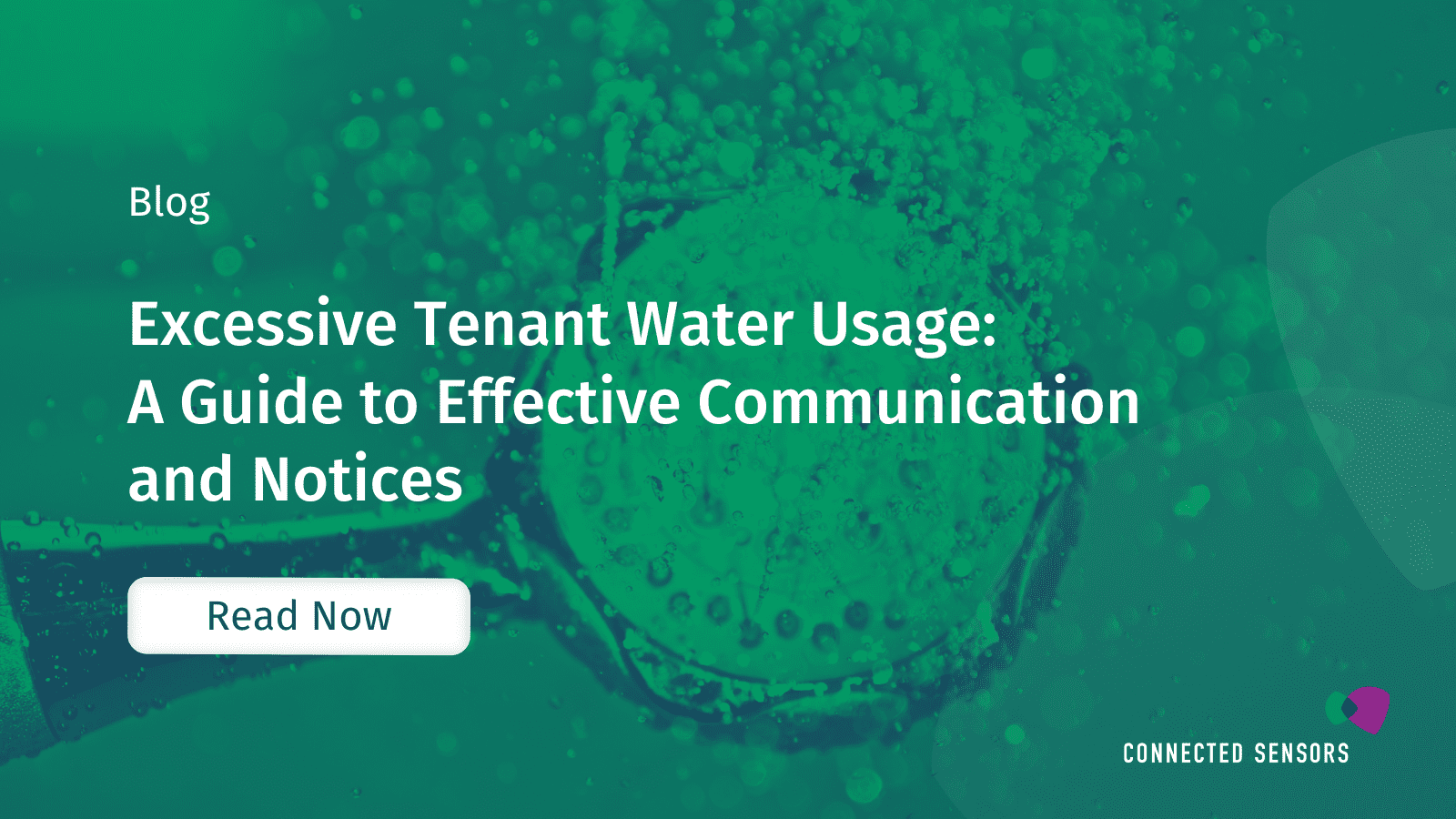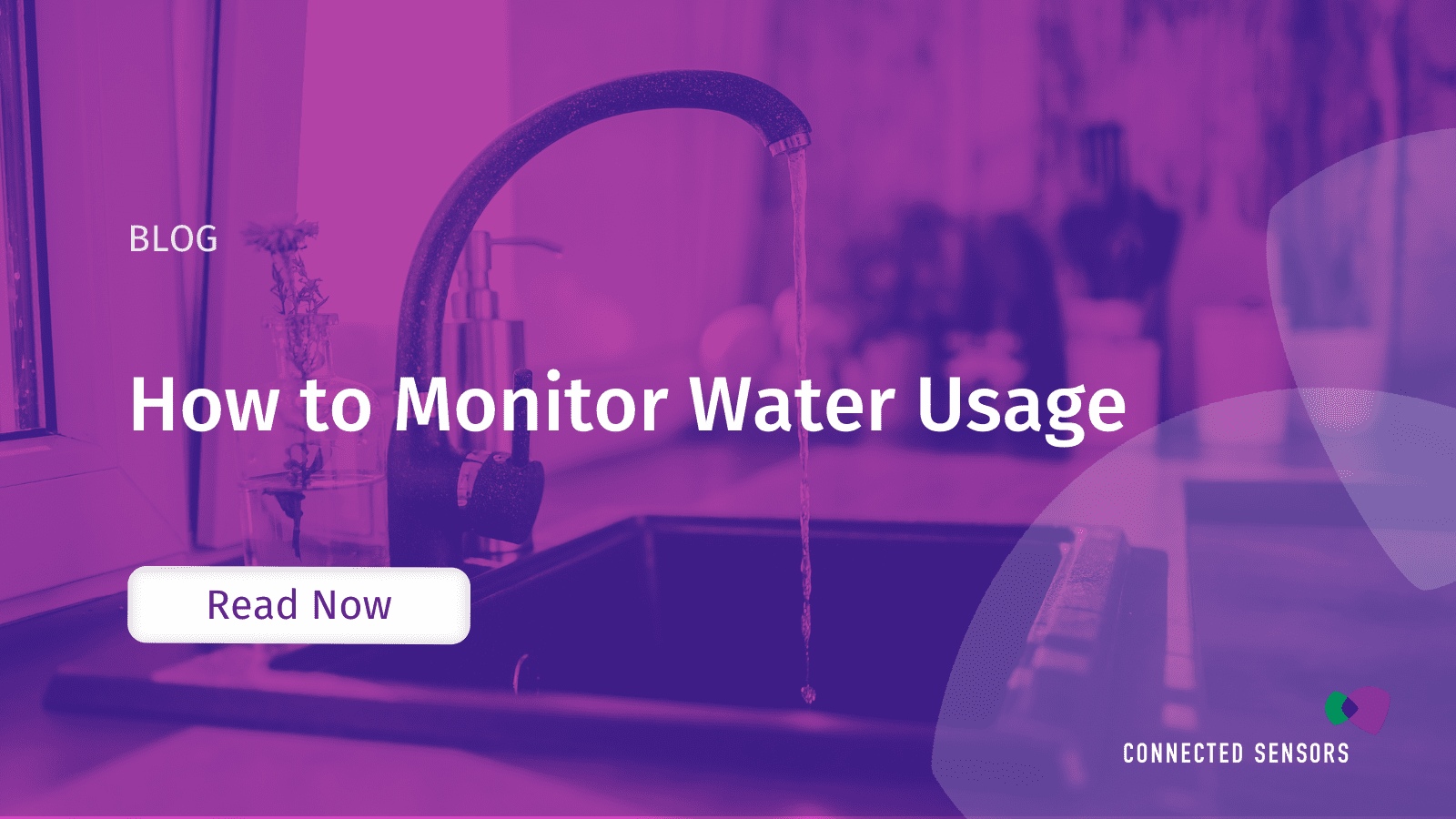





Every day in the US, enough water to fill nearly 18,000 Olympic-sized swimming pools disappears into thin air, not through evaporation or alien abduction, but through the gaping maw of waste. That’s right, we’re talking about the precious, life-giving resource that sustains us all, gushing down the drain due to our carelessness and outdated habits.
The numbers are staggering, enough to make your eyes water (pun intended). The Environmental Protection Agency (EPA) estimates that the average American household wastes 90 gallons of water daily. That translates to a national daily loss of over 1 trillion gallons, a figure so immense it’s difficult even to comprehend. But let’s break it down into more relatable terms:
Leaky faucets: A single drip every minute wastes more than 250 gallons per month or 3,000 gallons per year. That’s the amount of water needed to take more than 180 showers!
Running toilets: A slow leak can guzzle an astonishing 30 gallons per day, while more significant leaks can be up to 6 gallons per minute, silently siphoning your resources and your wallet.
Showering sprees: Love those long, luxurious showers? They might be costing you more than you think. An average 10-minute shower uses 25 gallons of water, while a water-efficient shower head can slash that amount in half. Every minute counts!
But wait, there’s more! Water waste isn’t just a household issue. Agriculture, a vital sector for feeding the world, is notoriously thirsty. Up to 72% of the world’s freshwater is used for irrigation, which is lost through inefficient practices and outdated infrastructure. Think leaky canals, thirsty monocultures, and the ever-present spectre of drought.
The consequences of our water-wasting ways are far-reaching and undeniable. While we may often think of water as an abundant resource, the reality is more nuanced. Our challenges with water scarcity, environmental degradation, and economic strain are intricately linked to our consumption habits. It’s time to acknowledge the impact of our actions and embrace a future of responsible water stewardship.
Climate change and unsustainable water management practices lead to more frequent and severe droughts. These dry spells devastate food security, particularly in regions heavily reliant on rain-fed agriculture. As crops fail and water sources dwindle, communities are forced to make difficult choices, sometimes even abandoning their homes for sustenance. The human cost of water scarcity is a sobering reminder of our interconnectedness with the environment.
The delicate balance of aquatic ecosystems is under immense pressure due to water scarcity. Rivers and streams, once teeming with life, are shrinking and disappearing, depriving countless species of their vital habitat. Fish struggle for survival in shrinking pools, while amphibians face near-extinction as their breeding grounds vanish. The loss of biodiversity disrupts the intricate web of life and weakens the resilience of ecosystems, making them more vulnerable to further environmental challenges.
Every drop of water we waste comes at a hidden cost. Treating and delivering water is an energy-intensive and expensive process. Leaky infrastructure, inefficient appliances, and wasteful practices contribute to a growing economic burden. As water scarcity intensifies, the cost of providing clean water is expected to rise further, impacting individuals, businesses, and communities. The financial implications of water waste underscore the need for responsible management and conservation efforts.
While water waste’s environmental and ecological consequences are dire, the impact also hits us closer to home – in our wallets. Both households and commercial properties can face significant financial consequences due to inefficient water use. Let’s explore how water waste translates to hard dollars and cents.
Higher Water Bills: The most obvious consequence is a hike in your water bill. Every gallon wasted adds up, and depending on your water rate structure, excessive use can quickly push you into higher tiers with even steeper costs. The average American household wastes 90 gallons of water daily, this translates to nearly $700 in annual water bill overages.
Water Damage and Repairs: Leaky pipes and faulty appliances can lead to costly water damage. Not only do you have to repair the initial damage, but you also face the potential for mold growth, structural issues, and even appliance replacements. In extreme cases, significant leaks can even lead to insurance claims and associated deductibles.
Increased Operating Costs: Like households, businesses pay for every gallon of water. For commercial and multi-family residential properties, inefficient practices can eat into their profits. With a leaking faucet wasting 250 gallons of water per month, if 1 in 10 faucets leak, in a building with an average of 3 faucets per unit, that’s 90 faucets leaking 22,500 gallons per month or $296 per month.
Regulatory Fines and Non-compliance Fees: Many regions have implemented water restrictions and regulations to conserve resources. Businesses exceeding their water allocation or failing to comply with specific regulations can face significant fines and fees. For example, in 2022, a luxury hotel chain operating in California faced a hefty fine of $1.4 million for violating state water regulations. The issue? Extensive overwatering of their lush landscaping despite being in the midst of a severe drought.
Reputational Damage: In today’s environmentally conscious world, businesses that wastewater risk damaging their reputation. Consumers are increasingly aware of water scarcity issues and favour companies adopting sustainable practices.
The good news is that both households and commercial properties can take steps to reduce their water waste and reap the financial benefits. Implementing simple water-saving measures like implementing smart water monitoring systems, fixing leaky faucets, and adopting mindful water use habits can significantly reduce water bills and maintenance costs. By making responsible choices and investing in water efficiency, we can protect our environment and our wallets. Remember, every drop saved is a dollar earned and a drop in the right direction for a more sustainable future.
© 2023 All rights reserved